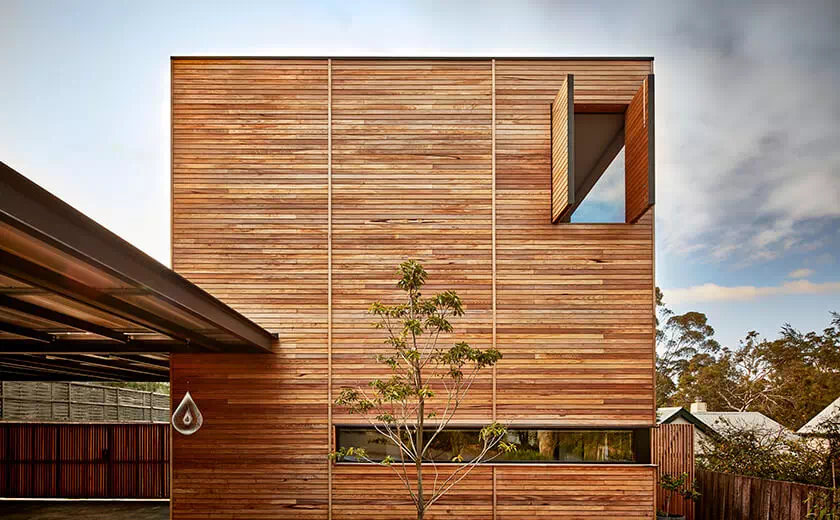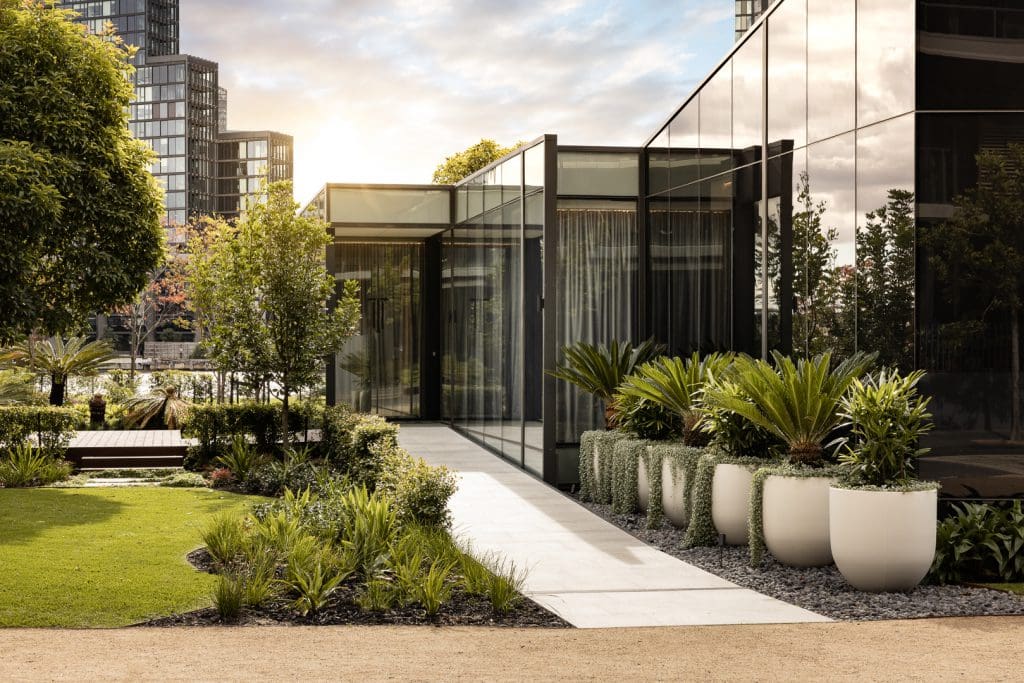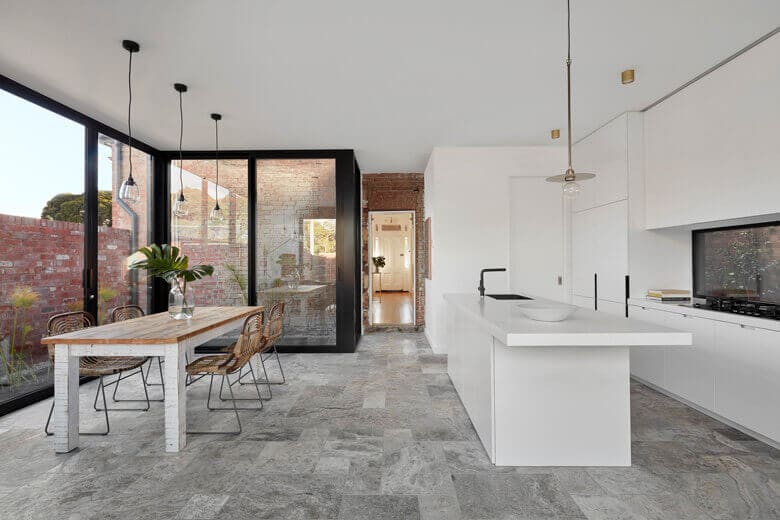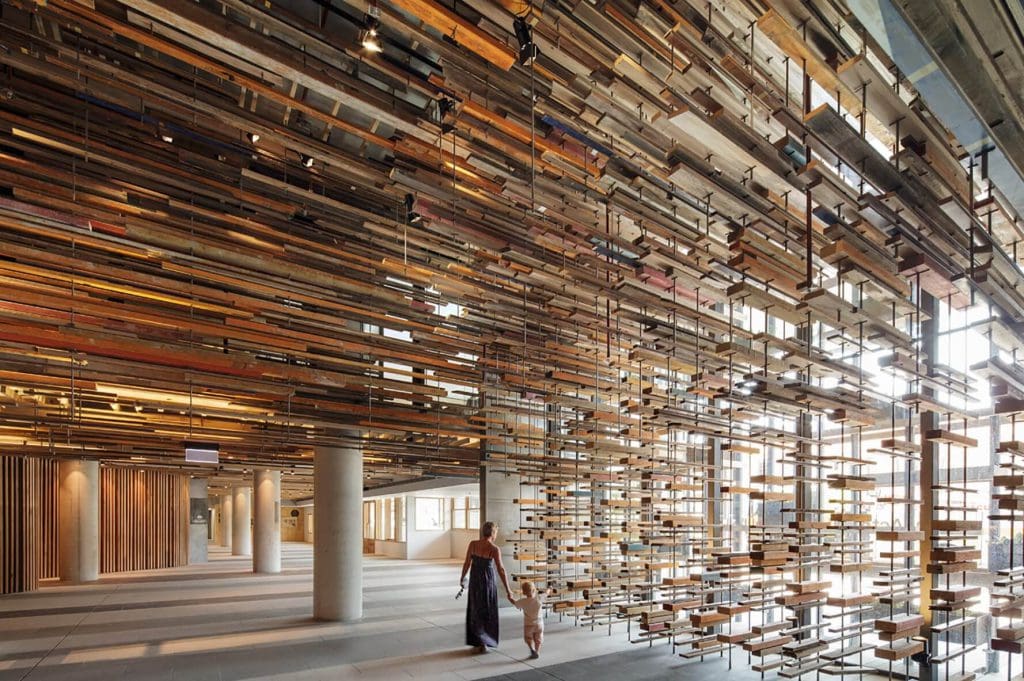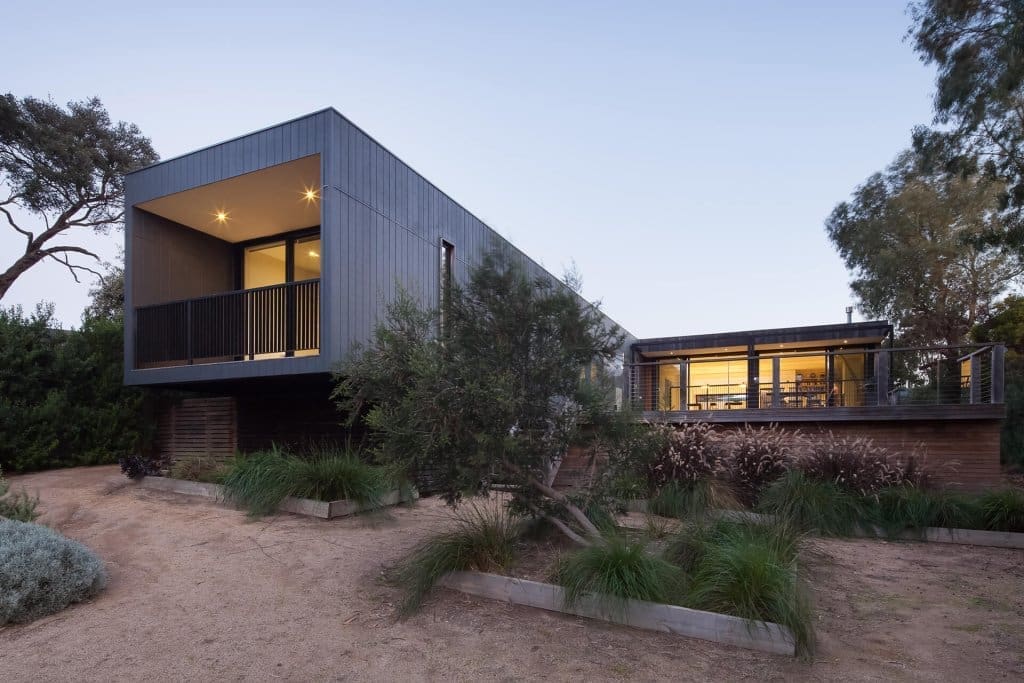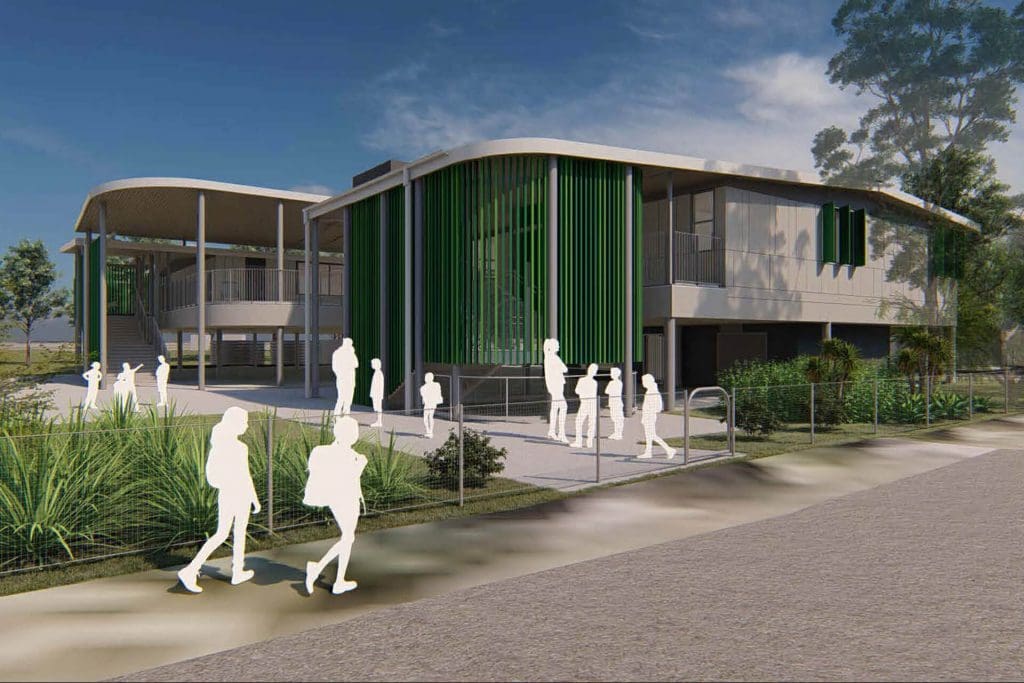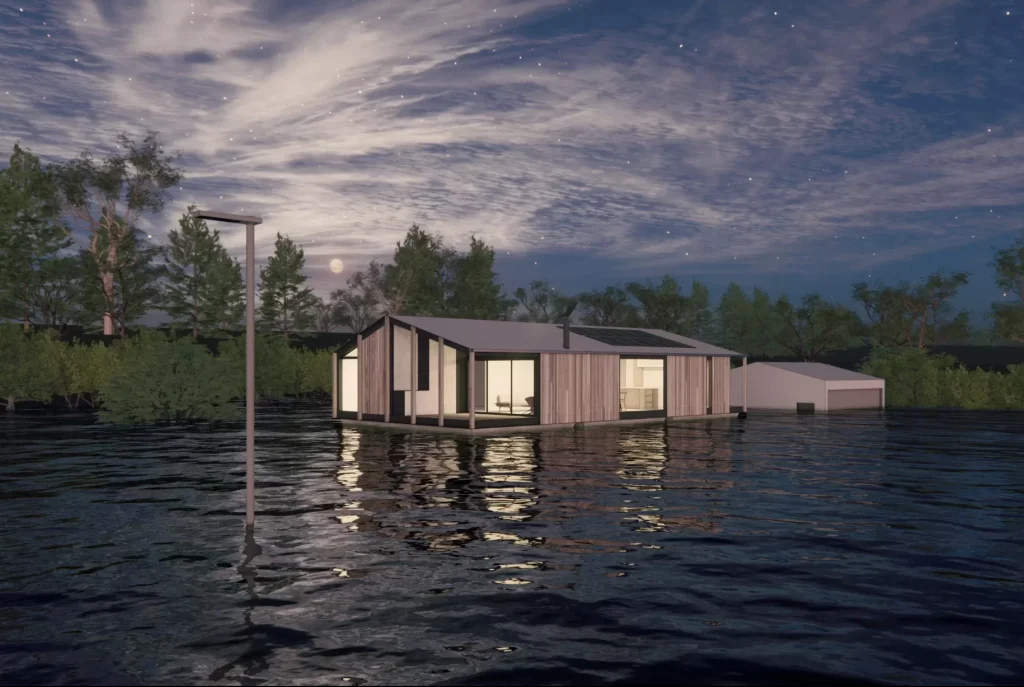5 Australian Timbers And Their Characteristics
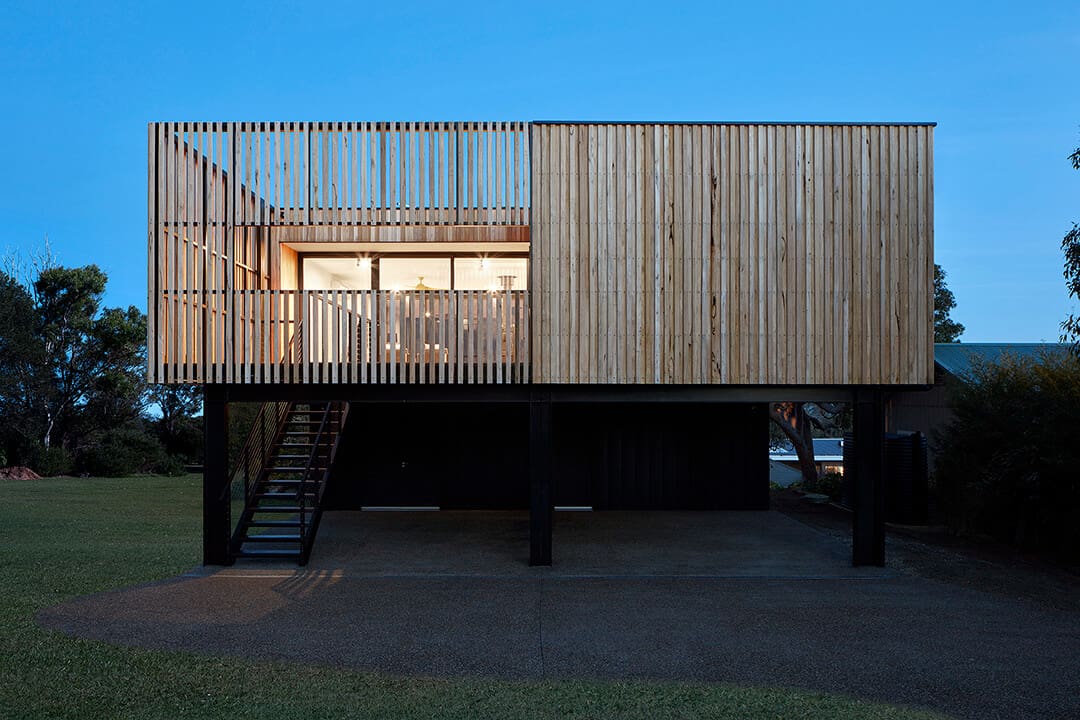
Durable, diverse and naturally beautiful, timber is one of the few materials that brings nature into your home. Both safe to handle and aging without decomposition, timber proudly boasts being one of the few renewable and carbon positive materials that can be sustainably harvested. From an architectural perspective, timber lends enormous range to a project; whether you want subtle grace, grand statements, organic hew or refined formality – you can find a timber to suit.
In Australia, we are particularly spoiled with timbers that reflect not only the strength and diversity of our landscape, but can be applied to an endless variety of projects due to differing qualities and aesthetic charm. Here are 5 Australian timbers worth considering for your next project:
1. Blackbutt
Highly versatile and strong, Blackbutt is a hardwood that derives its name from the colour it takes after bushfire. Commercially grown for its quick time to market, versatility and strength, Blackbutt offers a straight grain that allows it to be easily stained or painted. That being said, the natural variety within Blackbutt species means that different natural tones can be produced; pink, yellow and brown hues all on offer. Often used on interior finishes, Blackbutt can just as easily be used for structural applications or outdoor use.
2. Spotted gum
Reflecting marble’s unique patterning, Spotted Gum can offer a vibrant colour palette and eye catching grain structure. Used for interior, exterior and structural elements, Spotted Gum is a native hardwood that is so strong and durable that it can be used as railway sleepers. Spotted Gum is a wood that you tend not to paint or stain, but generally leave exposed in natural hues that range from white, through brown and all the way to deep red.
3. Victorian ash
A strong and stable timber, Victorian Ash is the trade name for a species of mountain and alpine ash that grows in the snowy areas of Victoria. Ranging in colour from pale pink to an almost walnut colour, the workability of Victorian Ash and its uniformity of colour means that it can be used for internal flooring, paneling, bench tops and even furniture. Grown as a plantation timber, this wood is often used for windows and joinery as it can be worked easily and will readily bend when steamed.
4. Tasmanian oak
When you think of oak you generally think of North American and European tree species that produce acorns. However, here in Australia, we give the name oak to three species of eucalypt that are found in Tasmania; mountain ash, alpine ash and messmate. Much like Victorian Ash, Tasmania Oak is easy to work and lends itself to interior applications such as flooring and paneling. Light in colour, it can run from cream and pink all the way to reddish brown and is often used as a plywood or veneer as it is very easy to glue and adhere.
5. Red ironbark
As the name suggests, Red Ironbark is a deep, dark red wood that when growing has a grey to black bark. One of Australia’s most distinct eucalypts, Red Ironbark is prized for its structural strength and resistance to the elements; however, this does limit its ability to be finely worked. Known for its handsome colour tones and patterning, it can be used to make everything from a dinner table to a bridge or wharf, and has been used in Australia for close to 200 years. Due to its hard wearing and durable nature, it is a timber than can be used in bushfire prone areas.
